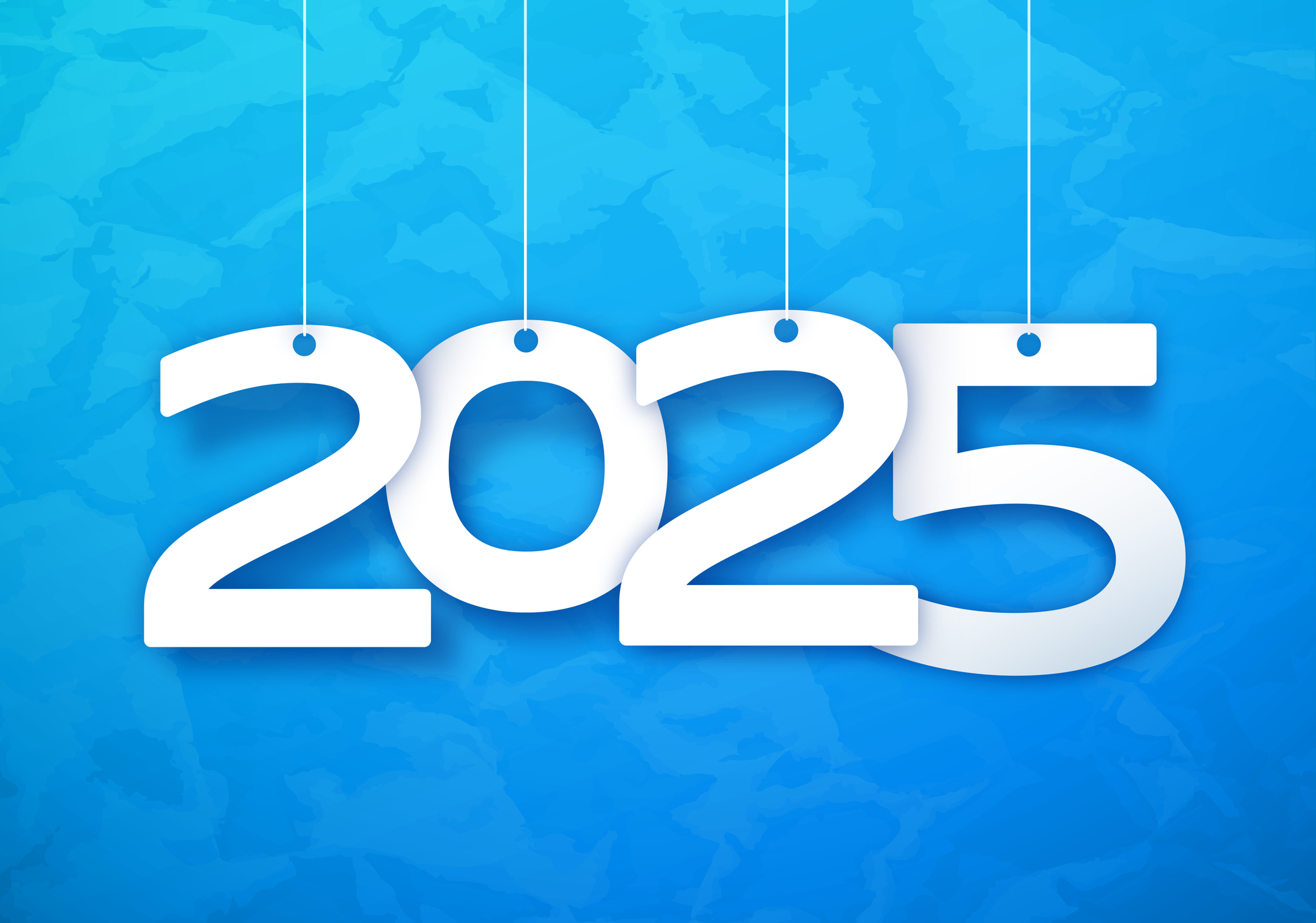New SECURE 2.0 Super 401(k) Catch-Up Contribution for Ages 60-63
SECURE 2.0 changes will allow older workers to increase their retirement savings. Here's what you need to know.


The SECURE 2.0 Act has significantly changed retirement savings rules in recent years. Those changes include but aren’t limited to, a new RMD age and increased access to 401(k) plans for part-time workers.
And there’s more. Starting next year, SECURE 2.0 enhances catch-up contributions for certain older adults. If you’re 60, 61, 62, or 63 in 2025, you may be able to leverage this provision to increase your savings for retirement.
These contributions could also lower your taxable income and potentially reduce your overall tax liability.

Sign up for Kiplinger’s Free E-Newsletters
Profit and prosper with the best of expert advice on investing, taxes, retirement, personal finance and more - straight to your e-mail.
Profit and prosper with the best of expert advice - straight to your e-mail.
Here’s what you need to know about how the new “super catch-up contributions” work.
Related: IRS Updates Long-Term Capital Gains Tax Thresholds for 2025
Catch-up contribution limits
Before we dive into so-called “super cath-ups,” it helps to review standard catch-ups. (Catch-up contributions are additional retirement savings allowances for individuals 50 and older, designed to help boost their retirement savings.)
These provisions allow eligible savers to contribute beyond the standard annual limits in various retirement accounts like 401(k)s and IRAs.
This could help make up for years of inadequate savings or maximize your tax-advantaged retirement funds. However, note that catch-ups are optional for eligible employees.
- For the 2024 tax year (returns you're likely filing now), the standard annual deferral limit was $23,000, and the catch-up contribution limit for those age 50 and older is $7,500.
- That means an active participant 50 or older could contribute up to $30,500 last year.
SECURE 2.0 catch-up contributions 60-63
Under SECURE 2.0, beginning this year, 2025, individuals ages 60 to 63 are eligible for increased catch-up contributions in their retirement plans.
This applies to 401(k), 403(b), and governmental 457(b) plans that currently offer catch-up contributions. It’s also important to note that this change is optional for employers. So, each plan sponsor will decide whether to implement this feature in their retirement plans.
This enhanced catch-up contribution limit is $10,000 or 150% of the standard age 50+ catch-up contribution limit, whichever is greater.
For example, the catch-up limit for those 50+ for 2024 was $7,500. So, the IRS has announced that for 2025, the enhanced catch-up contribution limit for those 60-63 is $11,250.
To qualify for the enhanced catch-up contributions, participants must meet specific criteria:
- Be 60, 61, 62, or 63 by the end of the calendar year
- Generally already contributed the maximum deferral amount
Note: Once participants turn 64, they revert to the standard age 50+ catch-up contribution limit.
And, of course, catch-up contributions are optional for employees.
2025 Enhanced Catch-up Contribution
Participant Age in 2025 | 2025 Standard Annual Deferral Limit | Catch-up Contribution for 2025 | Total 2025 Annual Contribution Limit |
50-59 OR 64 or older | $23,500 | $7,500 | $31,000 |
60-63 | $23,500 | $11,250 | $34,750 |
Roth catch-up rule for high earners
SECURE 2.0 also includes new provisions regarding Roth contributions for high earners. As Kiplinger has reported, IRS rules for this provision have been delayed until 2026.
However, when that provision kicks in, if a participant's wages exceed $145,000 in the previous year (subject to cost-of-living adjustments), they have to make catch-up contributions on a Roth basis.
Making catch-up contributions on an after-tax Roth basis means paying taxes on your retirement savings during years when you sometimes earn more.
Super catch-up 2025 limits: Bottom line
Introducing enhanced catch-up contributions under SECURE 2.0 is part of a broader effort to encourage more workers to save for retirement.
With that in mind, allowing increased savings during key pre-retirement years could help some who haven’t been able to save as much earlier in their careers.
However, how this works will depend on employers' ability and willingness to adapt their plans and systems to accommodate these catch-ups as of January 1.
Related
Get Kiplinger Today newsletter — free
Profit and prosper with the best of Kiplinger's advice on investing, taxes, retirement, personal finance and much more. Delivered daily. Enter your email in the box and click Sign Me Up.

As the senior tax editor at Kiplinger.com, Kelley R. Taylor simplifies federal and state tax information, news, and developments to help empower readers. Kelley has over two decades of experience advising on and covering education, law, finance, and tax as a corporate attorney and business journalist.
-
 Do You Need an AI Agent in Your Life?
Do You Need an AI Agent in Your Life?AI agents promise to be the next big thing in artificial intelligence, but what exactly do they do?
By Tom Taulli
-
 Learn if you should buy a new iPhone amid tariff concerns. Discover how to save money on the purchase.
Learn if you should buy a new iPhone amid tariff concerns. Discover how to save money on the purchase.Looming tariffs can make an iPhone purchase seem urgent. Here's what to do if you need another phone but want to save money.
By Laura Gariepy